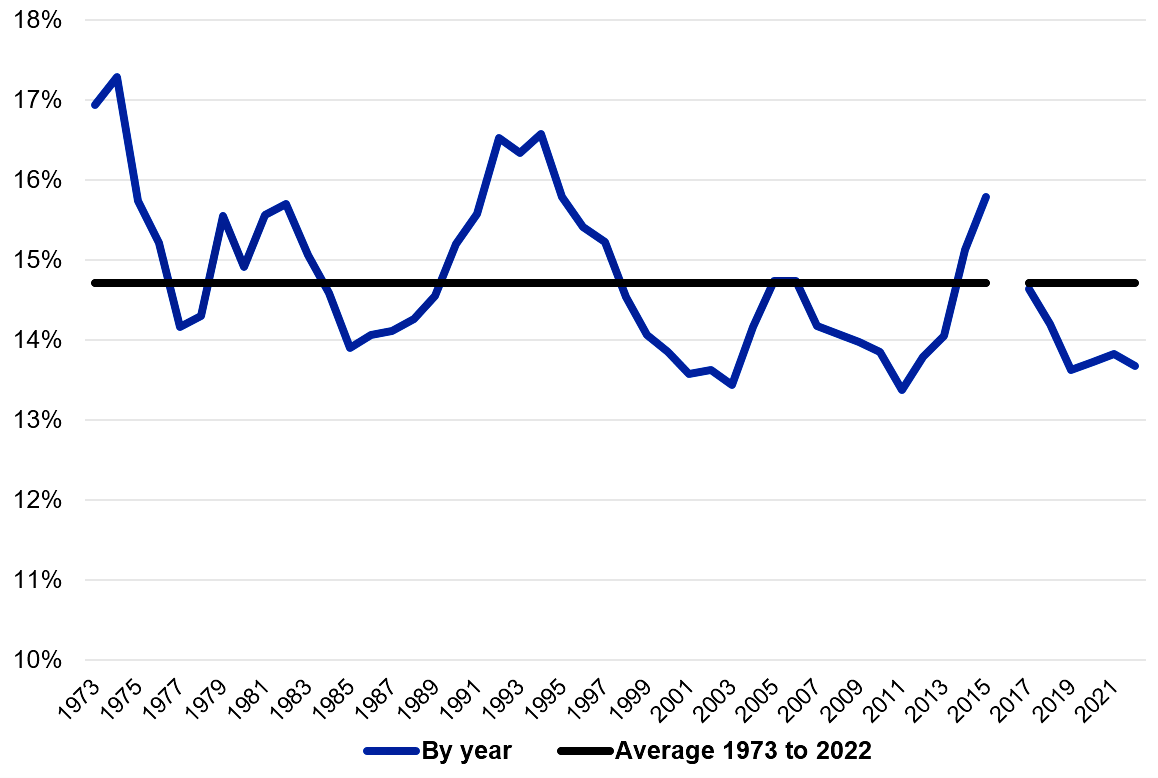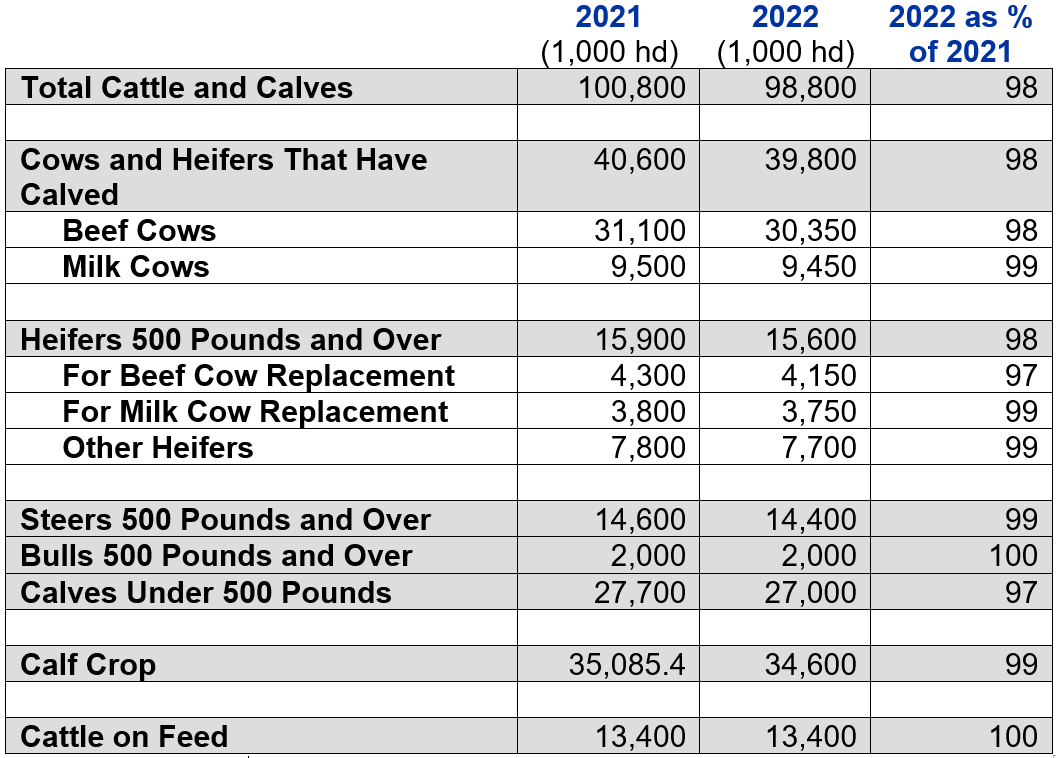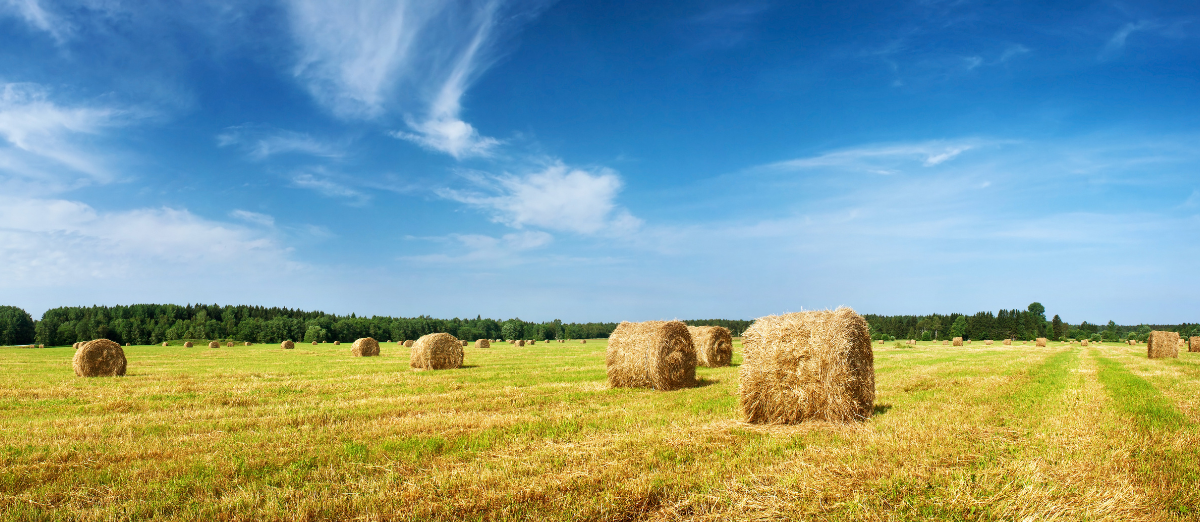Mid-Year Cattle Report Continues to Show Decreasing Cattle Inventory
Author(s): Kenny Burdine
Published: August 3rd, 2022
Shareable PDF
In late July, USDA-NASS released their mid-year estimates of U.S. cattle inventory. As expected, the report showed lower inventory across most all cattle types. All cattle and calves were estimated to be down by just under 2%, while beef cow inventory was estimated down by 2.4%. This is very consistent with beef cow slaughter volumes, which have been running 14% higher than 2021. In nominal terms, 252 thousand more beef cows have been harvested through the first week of July this year than last year. Much of this has been due to dry conditions in significant parts of cattle country, but high production costs and strong cull cow prices have also been factors.
Heifer retention estimates also paint a picture of a cowherd that is shrinking in size. I always like to review the heifer development number, which was estimated to be down by roughly 3.5%. Figure 1 expresses this number as a percent of beef cow inventory each year, which is actually my preferred way to think about it. The blue line tracks this for each mid-year report back to 1973, while the black line is simply the average from all those years. There was no estimate in 2016, which is why the gap exists. In general, expansion occurs when heifer retention exceeds the long-run average, while contraction occurs when heifer retention is below the long-run average. Note that retention has been about 1% below the long-run average for the last four years.
Figure 1: Beef Heifer Retention as a Percent of Beef Cow Inventory

Source: USDA-Nass and Author Calculations
One number from the report that looks strange at first glance is the cattle on feed estimate, which was actually flat from last year. Since calf crops have been getting smaller since 2018, one would expect on-feed inventories to follow suit. However, consistent with decreases in heifer retention, more females are being placed on feed. Plus, dry weather in much of the country has pushed cattle into feedlots sooner than would have normally been expected. As we continue to see decreases in cattle inventory, these cattle on feed numbers are not sustainable and beef production levels will drop.
Since most cow-calf operations calve in the spring, most culling occurs in the fall, after spring-born calves are weaned. For that reason, the January inventory report tends to be a better measure of the size of the U.S. cowherd. But, there is no doubt that 2022 is going to be another year of contraction for the U.S. beef cow herd. The combination of high culling levels and decreased heifer retention are likely to result in something like a 3% reduction in the size of the U.S. cow herd by January 2023. Weather patterns, and prices for calves and cull cows this fall, will ultimately determine how many more cows leave the herd between now and the end of the year. A full summary of the July 1, 2022 inventory report can be seen in Table 1.
Table 1: USDA July 1, 2022 Cattle Inventory Estimates

Source: USDA-NASS
Recommended Citation Format:
Burdine, K. "Mid-Year Cattle Report Continues to Show Decreasing Cattle Inventory." Economic and Policy Update (22):8, Department of Agricultural Economics, University of Kentucky, August 3rd, 2022.
Author(s) Contact Information:
Kenny Burdine | Extension Professor | kburdine@uky.edu
Recent Extension Articles
Hay Production Cost Increases in 2022 and Management Implications
Greg Halich | July 29th, 2022
Costs for hay production have skyrocketed in 2022. Fertilizer is driving the bulk of the overall increase, followed by fuel, and then general cost increases for other categories. While we can debate the exact causes of all these increases, we have a serious situation that needs to be understood and dealt with.
Beef Cattle Numbers Continue to Decline
Kenny Burdine | February 2nd, 2022
USDA-NASS released their January 1, 2022 cattle inventory estimates on January 31st. Beef cow slaughter was significantly higher in 2021, so expectations were for continued contraction of cattle inventory. The USDA report confirmed that and provided some perspective on the magnitude of these decreases.




